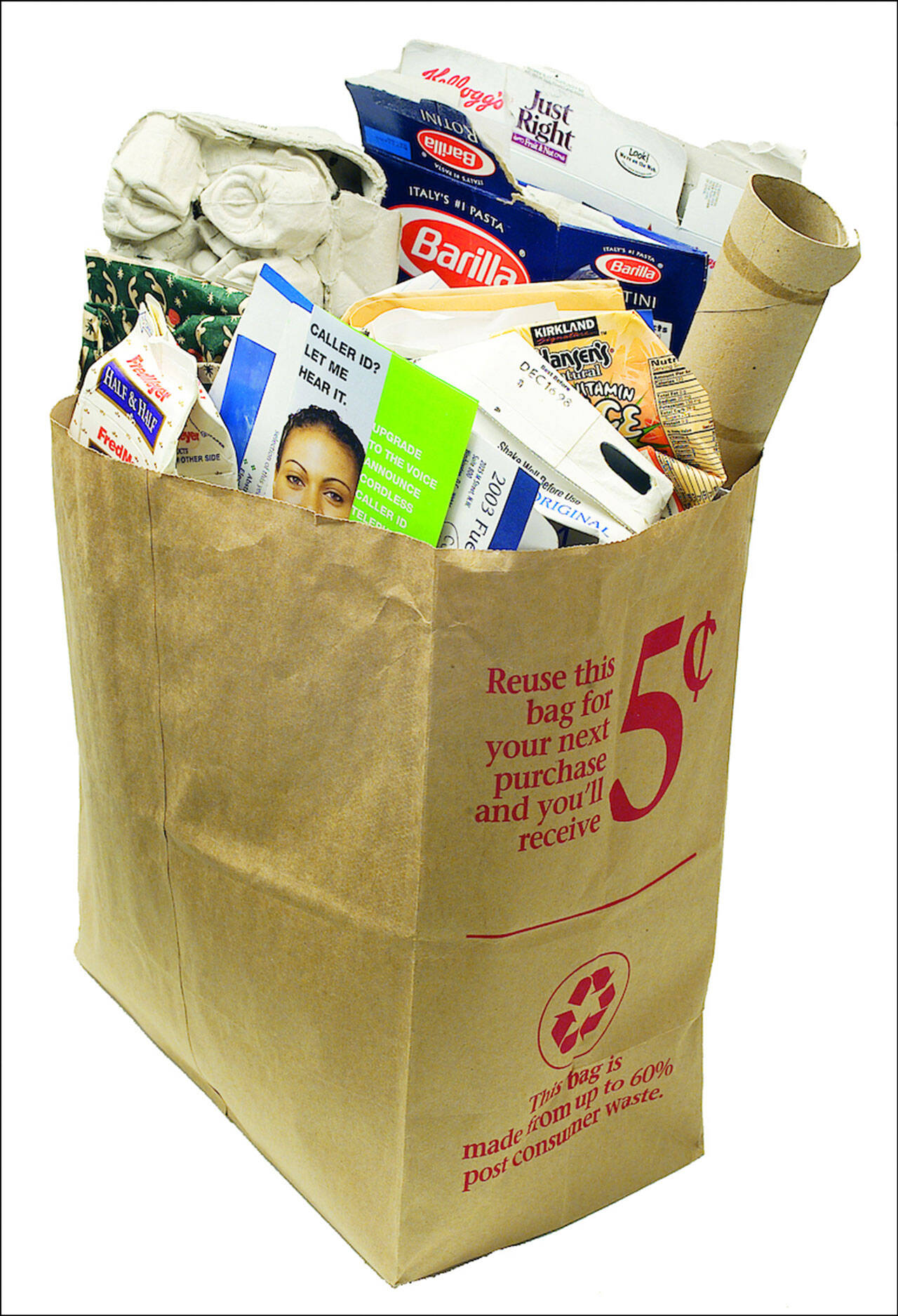Mornings that are cool and crisp, evenings that come earlier and with longer shadows — it’s starting to feel like fall. Changing seasons can be just the motivation we need to turn over a new leaf for waste-reducing habits. Take the quiz below to test your garbage knowledge and learn strategies to lighten your load.
1. How much garbage does a typical household throw away every day?
Too much! Most Americans throw away about 4.5 gallons of stuff every single day.
The good news is, we’re taking notice. Communities, businesses and local governments across the Puget Sound region recognize the problem and are hard at work to reduce waste.
2. Which items end up in the garbage that could be recycled, composted or reused?
About 20% of material going to the landfill is recyclable paper and cardboard. It’s a documented fact with a simple solution: Recycle all junk mail, magazines, cereal boxes, old printer paper and delivery boxes. No need to remove the tape from the box, the plastic film window from the envelop or the staples. These small impurities will be removed at the paper mill during the paper pulping process.
Another commonly trashed item? Organic materials such as food scraps. They account for about 30% of residential garbage in Washington.
Reducing food waste begins as we make our grocery lists. Before you shop, check your fridge, freezer and cupboards so you can plan meals with items you already have.
Another common cause of wasted food is throwing it out before it’s gone bad. Labels such as “use by,” “sell by” and “best by” are misleading and result in many people throwing away food too soon. Except for infant formula, manufacturers use date labels to indicate peak quality, not food safety. Instead of tossing food out based on date, trust your senses! Does it look good? Does it smell good? If so, it’s likely still safe and good to eat!
Any food scraps that can’t be eaten should go in the food and yard waste cart, or in your backyard compost pile. Composting food scraps allows them to naturally cycle back to the earth as nutrient-rich soil and helps conserve natural resources.
3. What are some ways to reduce household waste?
There are a few ways you can make a big impact on reducing your household waste.
Be a strategic shopper. When buying a product, try to select long-lasting and low-impact options. Shopping at second-hand stores is a great start! Another consideration: Can I borrow this item from a friend or neighbor? Seek out the online community such as Buy Nothing groups on Facebook and the Nextdoor app. Often, you can avoid buying something altogether just by asking around!
Quit the single-use habit. Disposable water bottles, utensils and napkins may be handy, but they can really add to waste. Instead, bring reusables with you! Remembering can be the tricky part, so keep extras in your car, purse or by the door.
Adjust your shopping habits to decrease packaging waste. Many grocery stores offer a bulk section where shoppers can minimize packaging and fill up on everything from dried fruit and nuts to flour, coffee and peanut butter. Some specialty stores offer an even wider selection including teas and materials to help you make your own soaps, toothpaste and deodorant. It’s simpler than you think! You can even make a green kitchen cleaner with just three ingredients: vinegar, water and scented oil.
Congrats for completing the quiz! Join us in committing to reducing our waste as we enjoy the change in seasons this fall.
Hannah Scholes is Waste Management’s education and outreach manager. Learn more about plastic recycling at RecycleOftenRecycleRight.com.
Talk to us
> Give us your news tips.
> Send us a letter to the editor.
> More Herald contact information.

























